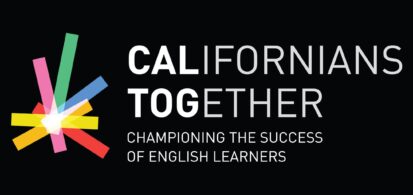California’s 2019–20 academic year just ended. It was harder than usual to notice, as most campuses closed in March and moved their instruction online in response to the COVID-19 pandemic. This was not a normal school year for public education. Educators and administrators struggled to recreate distance learning opportunities for their classes without any clear standards or guidance, and it’s clear that the prolonged school closures have had significant impacts on children’s learning. Shamefully, predictably, national data suggest that the closures are exacerbating educational inequities: without access to schools, children of diverse cultural and linguistic backgrounds and children from low-income communities are likely to suffer from widening opportunity gaps.
Many children will return to school this fall—online, in-person, or some hybrid of the two—carrying significant new stress and anxiety from the prolonged uncertainties of social isolation. Most children will return with unique academic needs after missing a significant amount of learning time in the spring.
In particular, schools must address the impact of the prolonged closures on the linguistic and academic development of California’s dual language learners (DLLs) and English learners (ELs). Fully 44 percent of school-aged California children speak a non-English language at home; for children ages 0–5, the proportion is around 60 percent.
While it’s still too early to know the full impact, preliminary data suggest that these students have disproportionately suffered from the shuttering of California’s public education system. Nearly half of the families of ELs reached in an April survey from the Parent Institute for Quality Education reported that their children were not receiving the supports they needed after schools closed. What’s more, while 93 percent of surveyed families received school communications about how to access online learning this spring, nearly one-third of those families were unable to understand the instructions. Similarly, an Education Trust-West poll of families that speak non-English languages at home found that 25 percent had received learning materials solely in English. These gaps also parallel existing digital divides: gaps in access to digital learning technology and/or internet connectivity. National and California data both suggest that DLLs/ELs disproportionately lack access to digital learning technology and internet connectivity.
